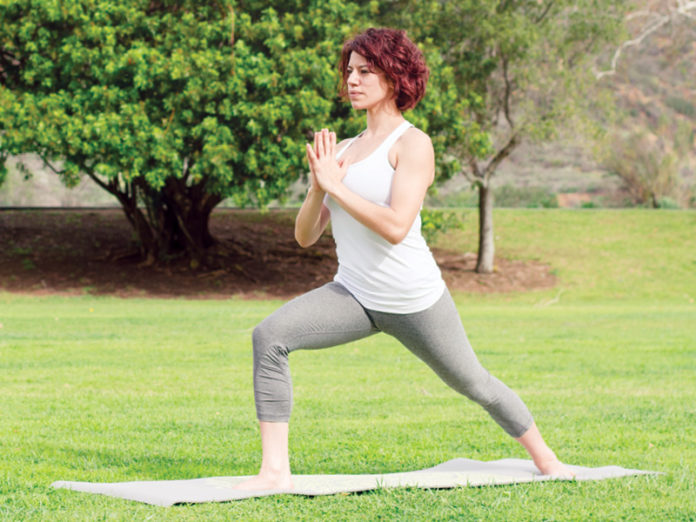
Runners can become frustrated and downright miserable when injury or chronic aches and pains prevent them from being on the road. Yoga can be a tremendous aid, both in preventing injury and in eliminating the aches and pains that accumulate from running and our daily lifestyle.
Running can lead to imbalances in our body’s biomechanical structure. It overuses some muscles and underutilizes others. It renders some muscles tight and others weak. Over time this creates muscular imbalances that impair biomechanical efficiency. For the person whose sole sport is running, sustaining an injury is inevitable, especially as the years and kilometres add up.
Yoga can be the perfect companion to counteract the effects of running as its prime function is to restore the body to balance and symmetry. Yoga has the capacity to stretch the muscles that are tight while strengthening those that are weak. Many runners are aware of their tight quadriceps. However, while the outer quadriceps may be tight, the inner quads are likely to be weak which creates an imbalance that can lead to knee injury.
Stretching the quads is a good start, but unless the inner quads are strengthened, balance is not realized and any related knee problems will persist. A yoga practice, especially one targeted to the needs of runners, will help the runner restore balance and symmetry.
Here are four yoga poses that, done regularly, will make changes in your body. These poses are recommended for their ability to balance strength and flexibility.
1. Downward Dog
The No. 1 pose for runners! Do this pose every day! Decompresses and stretches the spine, hamstrings, calves and builds upper-body strength!
- Start on hands and knees with hands beneath the shoulders and knees beneath the hips.
- With straight arms and inner elbows facing each other, spread the fingers and palms, press the roots of the fingers firmly to the ground. Curl the toes under and lift the hips.
- Keep the legs bent to start and press the hands into the floor as you press the hips away from the hands and toward the ceiling.
- Straighten the legs. Draw your belly in and widen your shoulder blades across the back. Let your head relax.
- Hold for 5 to 10 breaths.

2. Plank
Core strengthener, including upper body, arms, abdominals and legs.
- From downward dog step back until the body is parallel to the floor, keeping the shoulders over the wrists.
- Spread the collarbones and lift the breastbone, press back through heels and contract the thighs.
- Hollow the belly and lift the front lower ribs.
- Press the tailbone toward the heels.
- Hold for up to 10 breaths.

3. Extended Side Stretch
Stretches and strengthens the inner thighs, increases range of motion of hip joints and stretches the spine.
- Step feet about 5 feet apart with left foot out to 90 degrees and right turned in slightly.
- Anchor the outer edge of the right foot to the floor by lifting the inner arch of the foot and strongly contracting the inner thigh.
- Start by placing left elbow on the knee and if able to go deeper, bring hand to the floor as shown but keep the left hip in line with the left knee. Open the chest towards the ceiling and extend the right arm overhead.
- Hold on each side for about 8 breaths.

4. Hero Pose
Stretches the shins, ankles & quads; decompresses the knee joint.
- Kneel on padded surface with tops of the feet on the floor,
- big toes and knees touching.
- Sit back onto your heels.
- If experiencing pain in the knees place pillow beneath the hips; if ankle joint is painful, place a rolled blanket at instep.
- Start with 1 minute hold and build up to 5, but do not overdo it. There should be no pain when you come out of the pose.

















